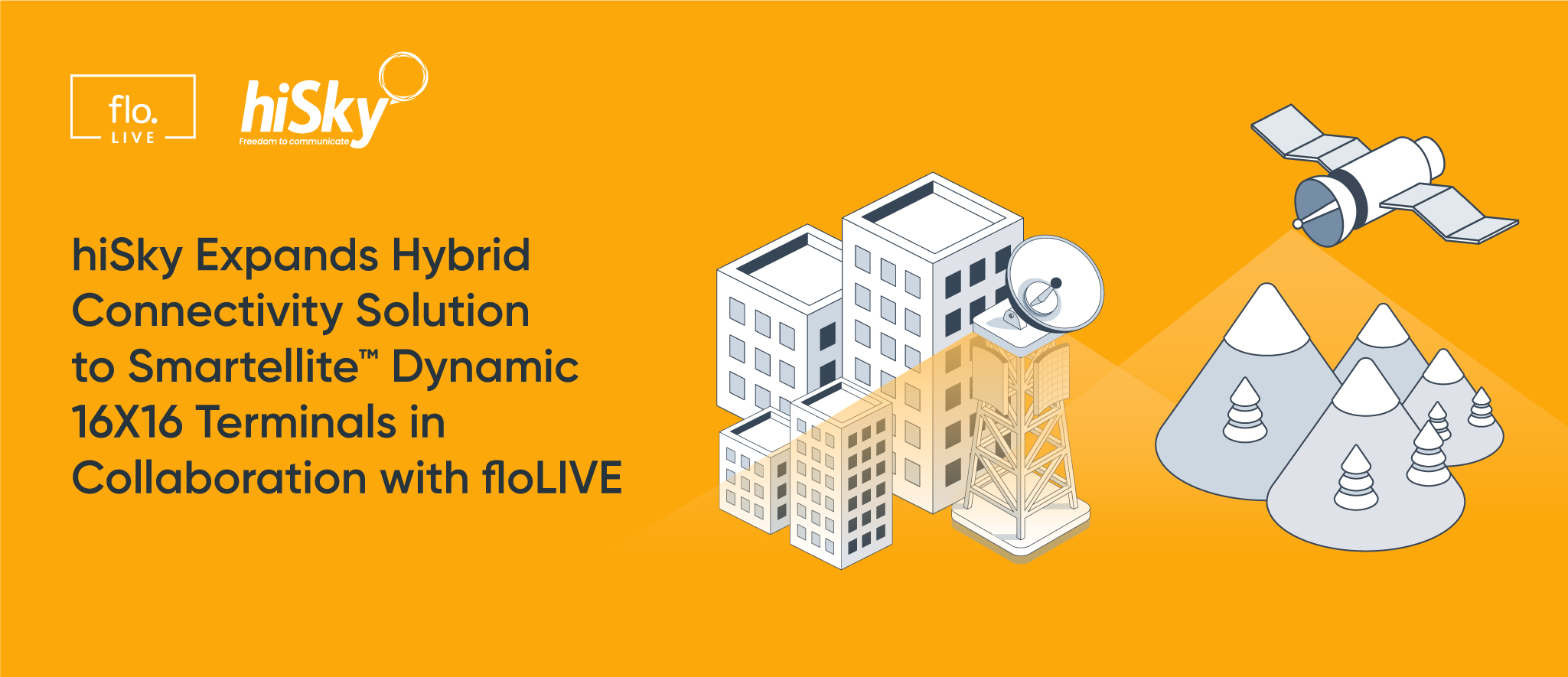Page Contents
A 10-Point IoT Service Provider Checklist

Page Contents
Connectivity, data plans, compliance, and security. These are just four critical elements that you must consider when choosing an IoT service provider. What else should you be on the lookout for? In this blog post, we break down a 10-point checklist, showing you what matters and what your IoT service provider must offer to make your project a success.
1. Seamless global IoT connectivity
Rolling out a successful IoT project on a global scale requires that a number of elements align, one of which is connectivity. If your operation spans various regions and countries, no matter how sophisticated your devices, your IoT project will still contend with coverage and reliability issues. Common practice is to establish relationships with multiple MNOs. While that may seem like a prudent first step, there’s a far more challenging journey ahead. You must also face the laborious task of integrating with each, a process that isn’t streamlined and a goal not easily achieved.
For seamless global connectivity, your IoT service provider should offer a platform that removes the complexity of multi-MNO integrations and relationships. It should also offer a quick and easy way to navigate dead spots and areas with poor coverage, enabling your IoT devices to continuously perform.
2. Compliant and permanent local connectivity
Roaming SIMs are a common fix to managing poor coverage. While a seemingly obvious solution, they are perfect for mobile subscribers but not IoT devices. The nature of IoT devices and how they function push the boundaries of permanent roaming restrictions. Where a mobile subscriber would visit a country and have between 90 and 180 days to use a roaming network, IoT devices require lengthier windows. The result? Roaming restrictions introduce complications and operational headaches.
3. Reliable Performance
Roaming SIMs are also vulnerable to high latency and poor throughput. Because your data must travel long distances from a local network to your home network, it’s slowed down tremendously. For IoT devices, latency and throughput issues result in performance challenges that cripple projects. When devices are forced to wait for a response, they stay “awake” and consume more battery life. Studies show that reducing latency by tens of milliseconds can extend battery life by month and sometimes years.
Your IoT service provider must deliver a simple but elegant solution to effectively do away with latency and throughput issues.
4. Compliance
Roaming also highlights larger privacy issues that prove more complex for IoT operations. As personal data travels across borders, GDPR compliance must be met. If not, it becomes a serious obstacle that, if neglected, will result in serious fines for non-compliant enterprises.
As a solution, your IoT service providers should have an iron-clad solution. It must relieve the burden of compliance, making it easier for your operation to function without the risk of fines.
5. Advanced billing plans
Billing can be a nightmare for enterprises with devices in multiple geographies. While the challenge of managing multiple MNO agreements across various regions and countries is an administrative pain, there’s also the complexity of finding the right plans for your devices. Take Low ARPU devices. Using per message plan rather than a per MB data plan would prove more effective. However, per message billing may not be supported across all countries.
And as your operation grows, you’re forced to balance multiple invoices from various MNOs, in different currencies, while trying to accurately track device usage.
Smart IoT service providers consolidate billing, offering pooled plans across different countries, and the option of different billing models (per message or data plans). This is a simpler way to manage the expense of your connectivity. A single bill in a single currency means far less admin and relieves you from the hassle of completing multiple transactions for connectivity each month.
6. Pay for active devices only
Most MNOs are restricted by core network and billing vendor agreements. These directly influence how they transfer costs to enterprises. To make IMSIs available for your operation, MNOs must bill you for every registered IMSI, regardless of whether you use them immediately. This approach can be costly. Research by Transforma Insights shows that the average IoT project can take up to 10 months to deploy and only deliver returns in 18 months. If your IoT operation is an exploratory project, your enterprise could be saddled with considerable costs before it ever gets off the ground.
Access to an active device billing model optimizes spending. You no longer have to rely on outdated agreements or fear that your operation might be at their mercy. Instead, you only pay for devices that are actively operating out of the field.
7. Real-time device visibility, consumption, and connectivity data
Complete control over devices in IoT operations shouldn’t be an option nor should tracking consumption and connectivity data. Without these capabilities, your operation is reduced to a risky enterprise that can be far more expensive than you imagine.
Real-time device visibility enhances operational efficiency. As service providers typically invoice enterprises at the end of a month, you have no idea of what kind of bill to expect. Take logistics devices. These often travel great distances. A single device moving from one country to another could create bill shock– the uncomfortable experience where the IoT enterprise receives an unusually large bill for connectivity services from their service provider. If you are unaware of the device’s location and movement and your data usage in real-time, you’ll find yourself saddled with a hefty bill 30 days later.
Your IoT provider must offer visibility of devices status, show where your devices are located, and provide up-to-date data consumption figure. This information should be easily accessible, giving you the ability to quickly and easily spotting changes in device behavior at scale, and immediately change data plans or block services you no longer require..
8. Ease of operations and troubleshooting
Roaming SIMs, working with multiple MNOs, and SIM profile-based solutions all rely on the local MNO’s consumer-focused CSRs, workdays, time-zones, and more. With limited control over these aspects, enterprises running IoT projects are at the mercy of varying support levels for troubleshooting–something that can make progress difficult.
Your IoT service provider should be able to offer advanced troubleshooting capabilities that give you complete control over your device’s connectivity. If you need to extend your footprint to a new region, this should be easy to achieve. Should something go wrong, you should have the control to quickly and easily apply a remedy, without having to sit on a phone waiting for answers or content with a language barrier.
9. End-to-end security
As IoT evolves and more enterprises launch ambitious IoT programs across the globe, asset security has become an increasingly sensitive topic. Today, it’s not enough to provide a single layer of security.
Modern threats are sophisticated. To meet and prevent them from affecting your operation, you need sophisticated security. IoT operations are cloud-reliant and susceptible to many types of threats. Your IoT service provider should have a multilayered approach that doesn’t just prevent devices from being compromised but also secures your backend systems by preventing a myriad of attacks and ensuring that access to your network is always guarded.
10. Scalability and flexibility
While you may have the technology readily available to roll out your IoT project, connecting your devices can prove challenging. Most MNO models have not yet caught up with the scalability requirements that IoT projects require. IMSIs provisioning can be a lengthy cycle, especially when your operation requires large volumes of IMSIs. When you’re racing against time, flexibility is non-negotiable.
Your IoT provider should make it easier to provision IMSIs as and when you need them. It should offer a platform that enables you to scale your operation in the least amount of time, preventing you from any admin-related challenges that could result in device rollout delays, but still afford you the control required to ensure you never miss a beat.
When choosing among leading IoT service providers, enterprises should look beyond connectivity and consider value-added features like security, flexibility, and regulatory compliance.
Experience seamless global IoT connectivity
Global IoT connectivity is possible and it can be simpler to achieve than you think. As more enterprises expand operations, digging their heels into all that IoT has to offer, IoT service providers become the element that make or break IoT projects. The right provider should make going live and running a streamlined operation simpler.
floNET is the world’s first cloud-native, Software-Defined Connectivity Solution with complete SIM management for optimized global IoT connectivity. It’s the perfect solution for enterprises that want all the benefits of streamlined connectivity, billing, network visibility, and support, without compromising on operational efficiency.
Download our solutions brief for a closer look at how floNET can enhance your IoT operation.

Join Our Newsletter
Get the latest tips and insights in our monthly newsletter.









